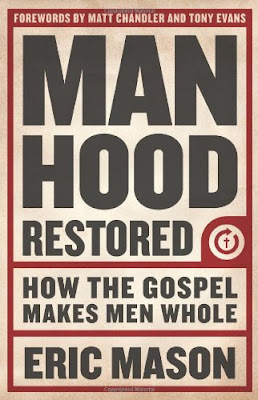Book in Review: "Brand Luther"
 Nearly all books on the life of Martin Luther
or the Protestant Reformation tend to focus on the
theological implications of the revolution, and rightfully so. “Sola Scriptura”
and “Sola Fide” sent quantum shockwaves through Europe in the 1500s that left
the landscape changed forever.
Nearly all books on the life of Martin Luther
or the Protestant Reformation tend to focus on the
theological implications of the revolution, and rightfully so. “Sola Scriptura”
and “Sola Fide” sent quantum shockwaves through Europe in the 1500s that left
the landscape changed forever.Few historians and biographers, however, take a detailed look at how the reformation actually happened. In “Brand Luther” Andrew Pettegree looks to answer this as he uncovers the nuts and bolts of the reformation. How did a small Podunk town with relatively no printing industry become the central hub for printing in the world, crippling the Roman church in the process? How did a conflicted monk who had never published anything before the age of thirty spark and fan the flames of the reformation with his writings? Why did a pious catholic and collector of relics go to such great lengths to protect a defamed heretic? Of these questions and much more Pettegree answers in this book.
And what is uncovered is fascinating. Luther is depicted less as a transcendent church father, and more as a shrewd and innovative entrepreneur. A man who not only revolutionized Roman theology, but revolutionized how theology was written (writing concise and in the common tongue)—with unparalleled success. “Luther’s works outstrip those of any other author by a factor of ten; he outpublished the most successful of his catholic opponents by a factor of thirty.” He invented a new style, a unique brand which changed history in the process. Furthermore, his eye for good printing, artistic wood cuts, and different font types show a creative Luther who tenderly cared for his movement every step of the way.
Printing alone could not carry the weight of the Reformation however. Pioneer church leaders and local figures throughout Europe bought into the movement at great risk to themselves. Printers continued to print Luther’s writings because it was the only thing that sold! As communities began to digest the fire hose of publications coming out of Wittenberg, it was often the laity that stood unified over and against the established church authorities.
Though confident and bold, Luther understood his personal shortcomings and recognized the value of friendships where both parties could mutually benefit. This is Luther the businessman. His relationships with the artist Cranach and theologian Philip Melanchthon are both examples of this—and both relationships substantially contributed to Luther’s cause.
As I read this book, I realized more and more that the stars really did align for the reformation to occur. It was the perfect storm, and without the printing press, without vernacular writings, without friends in high places, without buy in from commoners—none of it would have happened. “Brand Luther” is a scholarly book and though it gets dry at parts, it is an incredible perspective that is rarely if ever discussed.



Comments
Post a Comment